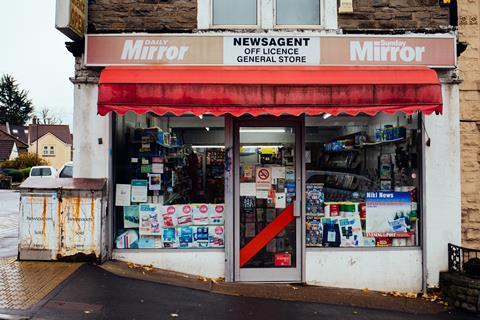
A long-standing yet largely unspoken understanding has existed for many years, whereby shoppers expect to pay a little more for the convenience of convenience stores.
With almost 48,000 stores across the country, the channel will rarely let you down. Now these retailers need support in return from their food and drink suppliers.
The price premium
The convenience channel is a reliable lifeline for many but today’s much more price-sensitive shopper is thinking differently.
Based on a basket of nearly 4,000 items sold both in grocery and convenience, the same product is on average 15% more expensive in a symbol or independent store. When we’re hearing reports of families having to choose between eating or heating, that 15% is significant.
What’s more, the average price paid in the convenience channel is now 8.4% higher than the same time last year. So, is it still convenient to pay for convenience?
The sweet spot
According to our total store view, the convenience channel represented 24% of market value sales in the 52 weeks to the end of January. That’s up one percentage point on the same time a year ago.
In the latest 13 weeks to the end of January, convenience share is at 21.9%, only up 0.2ppts on the same period a year ago. It signals a sharp slowdown in channel growth.
For the reasons covered, this comes as no real surprise – but the picture is not consistent by category. There are pockets of growth, notably within the chocolate confectionery and sweets categories, where performance is strong. In fact, symbols and independents are growing share here. Growth in chocolate is accelerating, with share up by 1.6ppts over the last 13 weeks, while sweets are up 2.9ppts.
What are these categories doing differently? Nothing radical. But the nature of the products offers shoppers an indulgent treat. This is an occasion convenience stores are playing well in, and which they should be capitalising on.
Impulse opportunities will be lower, but categories that rely on this trade – crisps, snacks and soft drinks, for example – need to work collaboratively with retailers to engage shoppers. Investing in the convenience channel is crucial, whether this is via closing distribution gaps, selling products or formats not available in the supermarkets, tempting promotions or cross-category deals.
Higher margins
Products may carry a more premium price in convenience, but that means higher margins for both the retailers and the manufacturers. Let’s look at soft drinks as an example. A combination of higher prices and smaller pack sizes means price per litre is 25p higher in convenience than in supermarkets. As volume shifts from convenience to supermarkets – convenience volume share is down 2.9ppts versus last year – category value is reduced for manufacturers.
There are, however, some important nuances to consider within this channel. One in five products sold in convenience wholesale is a price marked pack (PMP), accounting for 23% of all convenience wholesale value. However, despite being in 7.6% growth, PMPs are underperforming versus plain pack alternatives.
This suggests PMPs are not attracting new retail customers – perhaps margin pressures make them less appealing. Manufacturers are potentially offering too many underperforming PMPs, so working together to optimise the right range at the right price is critical.
Beyond the crisis
The cost of living crisis won’t last forever. Jeremy Hunt even stated last week the country is now expected to avoid a technical recession this year – but we need to make sure we’re future-proofing.
For consumers, they will yearn for convenience once again. We’re still seeing it now, even in the throes of inflationary pressures. Businesses such as Deliveroo, Uber Eats and Snappy Shopper are offering services that make your local store even closer, just a click away.
Rapid delivery may be starting from a small base, but particularly within city locations and among younger shoppers, it has been gaining traction. There may have been a slowdown in its growth, but there’s a market for it – and it all comes down to convenience.
The message should be clear: the convenience channel is a valuable one and supporting it now can only bear fruit for the future. At Circana, we’re already working with clients to review channel mix and optimise the convenience range.
Is this all an inconvenient truth when there is so much noise to contend with across the industry? I don’t think so. Looking ahead and planning for a brighter tomorrow can only be a good thing.




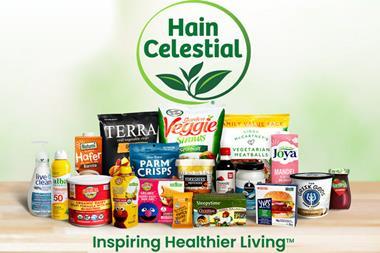



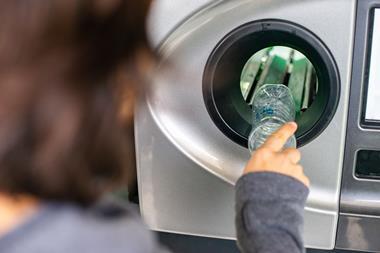
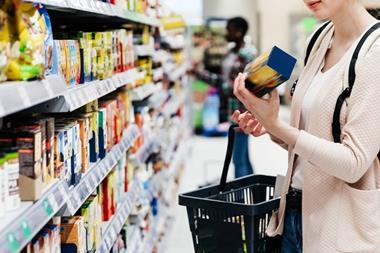
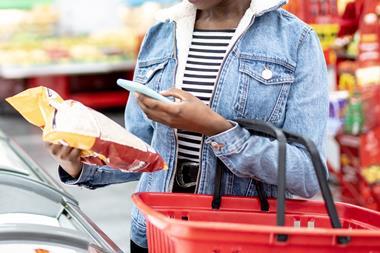
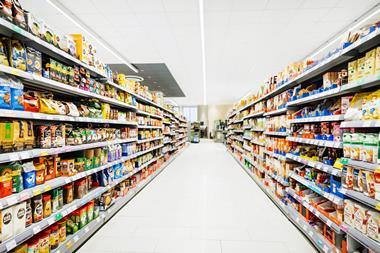



No comments yet